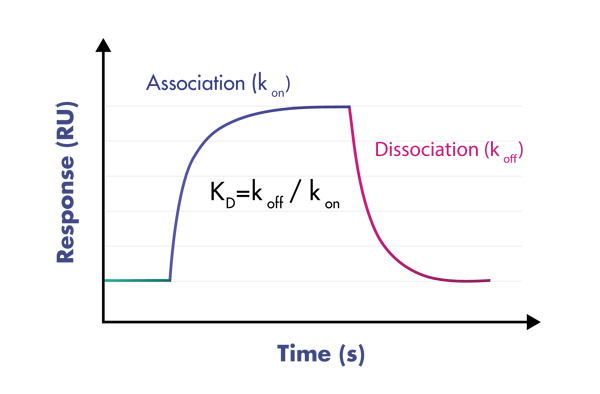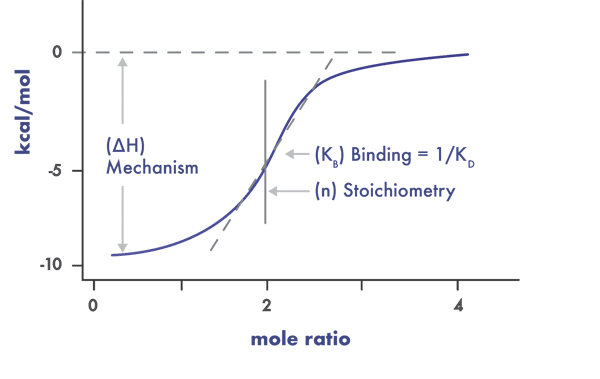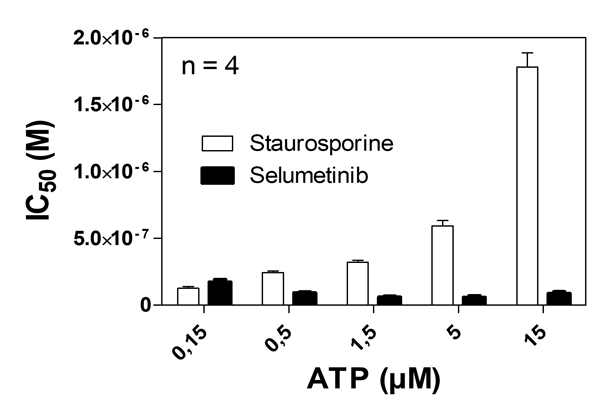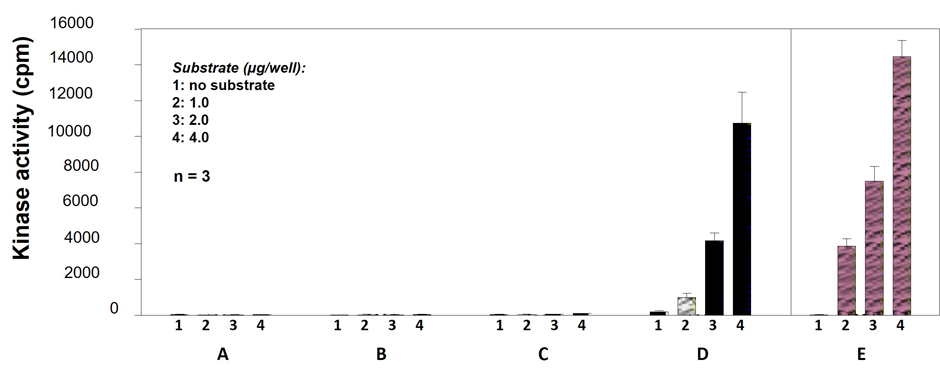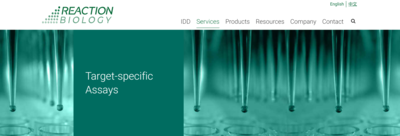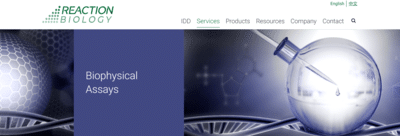Custom Kinase Assay Services
Custom-tailored kinase inhibition studies can be performed with kinases or substrates provided by the customer or by Reaction Biology.
Customers are welcome to consult with our scientists to identify the best approach for custom-tailored project or a mechanism of action analysis based on the nature of the compound and research goals.
Reaction Biology is a partner for integrated drug discovery, offering services to support every step of the drug discovery process. Reach out today to discuss your research needs with our scientists.

